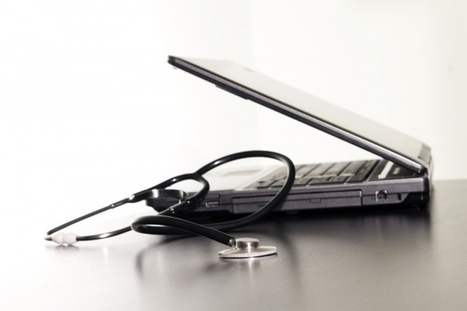Large computerised patient databases provide a useful source of real life observational data, and the General Practice Research Database (GPRD) has been successfully used to generate descriptive epidemiology data in chronic conditions such as Chronic Obstructive Pulmonary Disease (COPD) and asthma from a large group of UK primary care practices.
Historically the limitations of the GPRD for clinical research were a time gap between GP data capture and availability for the researcher and limited links to other healthcare databases, although these are currently being addressed with the development of the Clinical Practice Research Datalink (CPRD) and in ongoing pilot work for Phase 4 pragmatic clinical trials . The use of electronic medical record (EMR) data in health research is a key objective in the Department of Health‟s national research strategy ]. EMR is increasingly adopted to support both efficiency and quality of patient care and to facilitate clinical research. Several studies have described the design and implementation of EMR, electronic data capture (EDC), data extraction and EMR retrieval systems to enable accurate and efficient data entry for clinical research to be performed on-site in real time .
In asthma and COPD, the application of EMR retrieval systems would enable the monitoring of large patient populations to support evaluation of comparative effectiveness, safety, and health care resource utilisation (HRU) of treatments in a real life setting.
Conclusion: Apollo and SIR data extracts into NWEH-LDB showed a high level of concordance for asthma and COPD patients. Longitudinal data analysis characterized the COPD and asthma populations in Salford including medications prescribed and health care utilisation outcomes suitable for clinical trial planning
Access the PDF at http://www.biomedcentral.com/content/pdf/s12911-015-0132-z.pdf



 Your new post is loading...
Your new post is loading...








